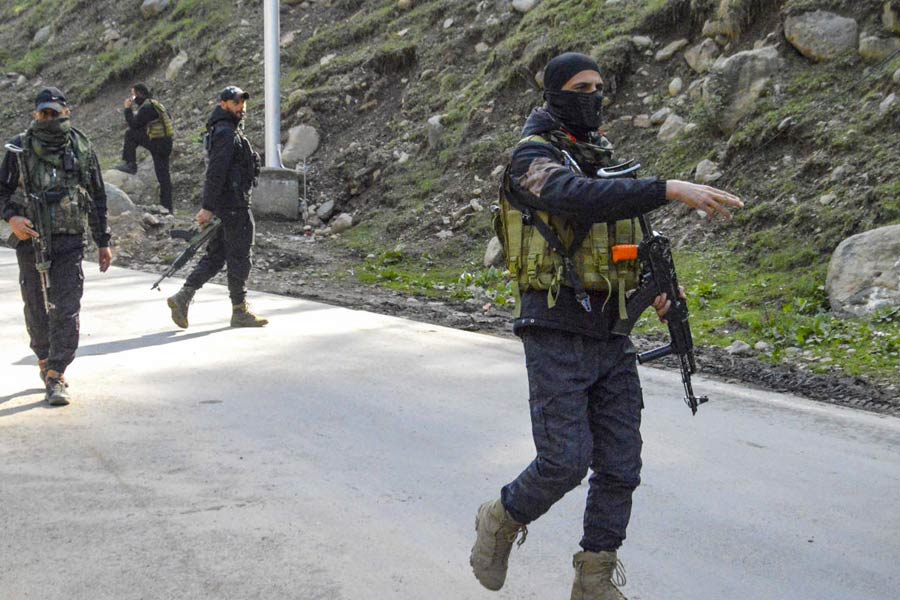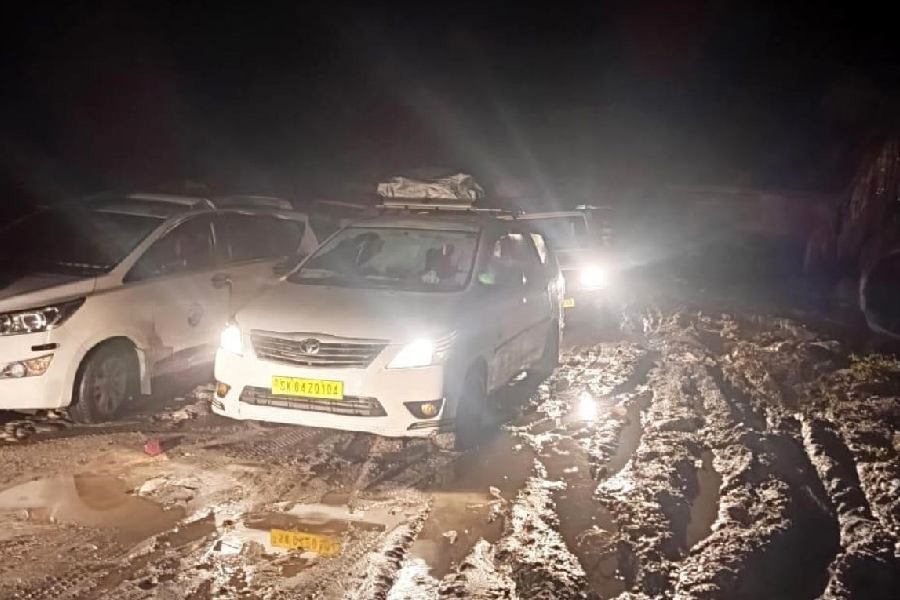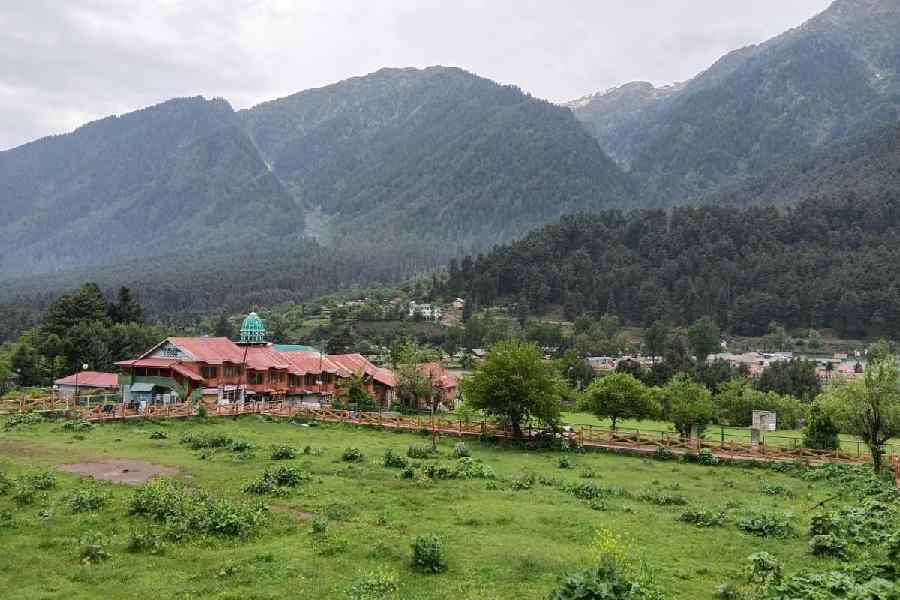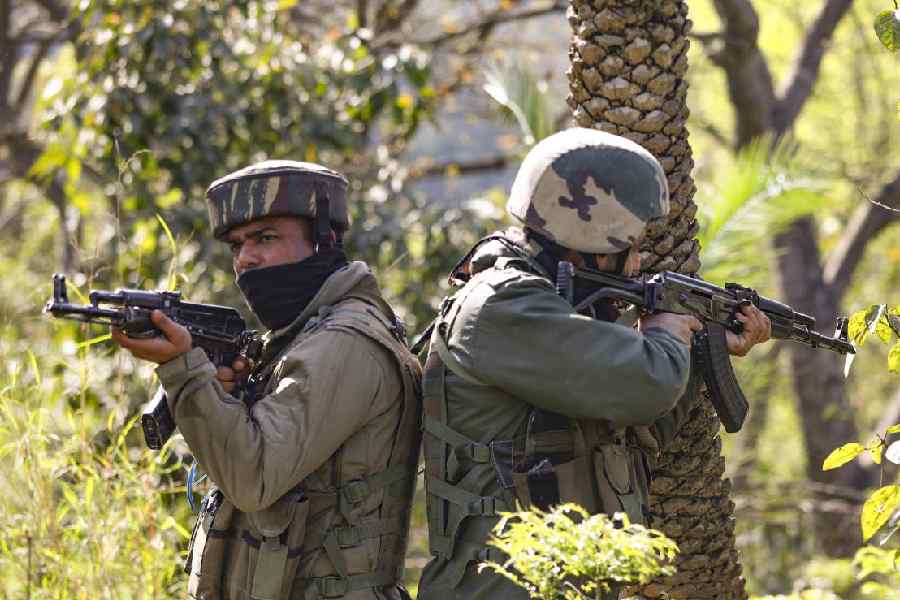 |
| File picture of a rhino |
Guwahati, Feb. 21: The Assam forest department has chalked out plans to transport a male rhino from Pobitora to join the four-year-old female that has been relocated to Manas sanctuary. The female rhino arrived today after an overnight journey from Kaziranga.
?We have made plans to transport a male rhino from Pobitora, but the details will have to be worked out,? said Assam chief wildlife warden M.C. Malakar.
The rhino from Pobitora will be translocated at Manas under the Indian Rhino Vision 2020 programme, the aim of which is to achieve a population of 3,000 rhinos in the wild in Assam.
The rhino, which travelled from Kaziranga on a truck yesterday, arrived in Manas with a host of veterinary doctors and officials in tow. A radio collar has already been attached to the rhino, which will be kept at the Kuribeel rhino reintroduction site in the Bansbari range of Manas National Park.
It will be kept confined to an area of 10 hectares, with electric fences erected on the boundary.
The rhino had been rescued from Harmoti under Bagori range of Kaziranga National Park on July 28, 2001.
It had been kept confined at the Centre for Wildlife Rehabilitation and Conservation.
Pobitora has 74 rhinos living in an area of 16 square km. It enjoys the distinction of having the heaviest density of rhinos in the world.
The India Rhino Vision 2020 programme states the population in Pobitora needs to be reduced to protect the habitat and to curb the spiralling conflicts occurring between rhinos and humans, caused by the animals invading farmlands.
?The task is very difficult and fraught with danger. The rhino at Manas will be monitored closely for quite some time before being released in the wild. However, the security at Manas will have to be tiptop before it is released,? Malakar said.
The vision programme has called for enhancing security in Assam?s rhino-inhabited areas.
The group of security experts of the India Rhino Vision 2020 is studying the security aspects minutely before it gives the final clearance.
The programme aims at translocating rhinos from two source populations (Kaziranga and Pabitora) into three or four target protected areas (Manas, Laokhowa-Buracharpori-Kochmora, DibruSaikhowa and possibly Orang).
The Bodo Autonomous Council will be an active partner in the programme.
The programme will be supported by World Wildlife Fund, India, WWF AREAS (Asian Rhino and Elephants Action Strategy) Programme, the International Rhino Foundation (IRF), Save the Rhinos Campaign of Zoological Institutions Worldwide and a number of local non-governmental organisations.










